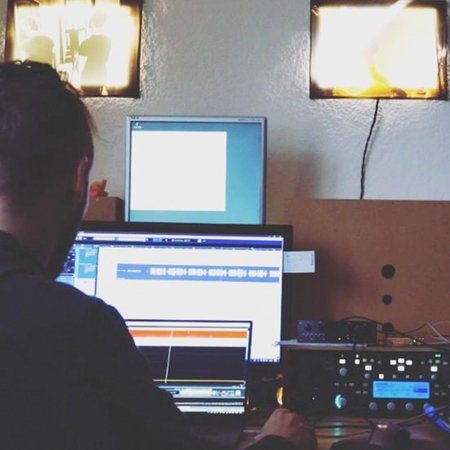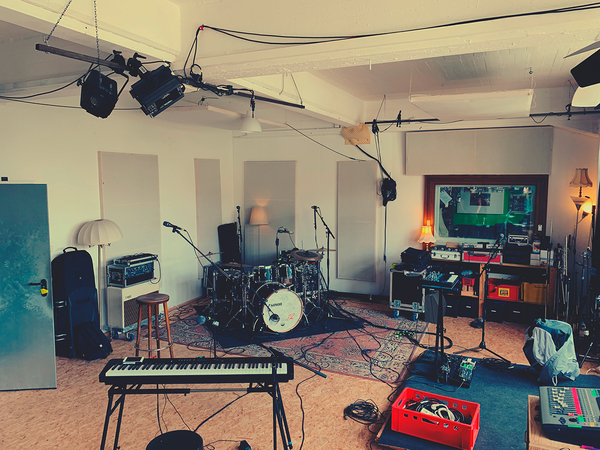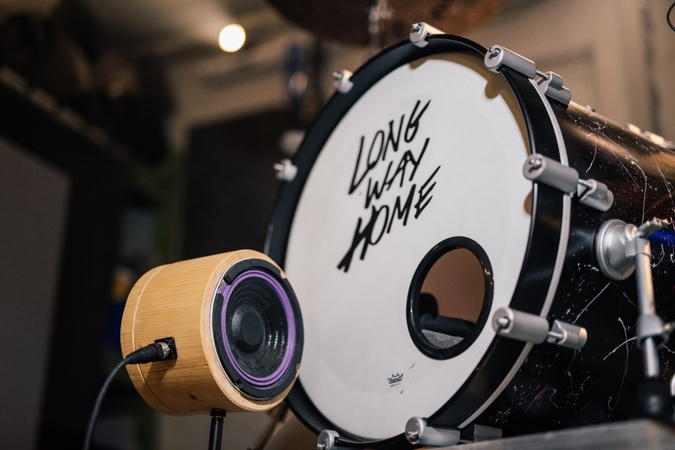1. Don't spend too much money, especially at the start.
Sounds kind of banal, doesn't it? What we mean by this is that first and foremost you should work out what equipment you actually need. What are the must-haves? The next step is to work out a sensible order for which items you need to buy first. You don't need everything to get started at home. The end result doesn't always have to be something worthy of a Grammy award.
What do you absolutely need straight away, what can be added later on and what do you not need at all? Whatever your answers to these questions, you need the building blocks mentioned above:
- computer
- audio interface
- monitor
- microphone
- the right software
2. Uses free tools and features
You can also produce your tracks with free DAWs. There are full versions that have a full range of functions. You can use them to produce music to a professional standard, and even as a relative amateur you can record your (hopefully successful) demo with only a little practice. Try tracktion's Waveform 7, for example, which is available as a free download.
3. No matter where you are, pay attention to the acoustics when home recording
Good acoustics make your whole production more successful. Do you have a room of your own that you can transform? Great, then make sure that you are heard as little as possible outside of it and that you only hear what you want to hear inside the room. This means no annoying echoes or reverberation.
Yes, egg boxes were used a lot in the past. But they never really achieved anything. Rough sound defects can also be eliminated using solutions that aren't too expensive. Even low budget acoustic panels catch sound waves and echoes, which result in a quieter sound pattern.
Another tip which is as simple as it is important is to be careful where you place the microphone and speakers in the room. This is because every sound changes greatly depending on where you are in the room and in relation to the sound source. Bare and tiled walls in bathrooms and kitchens create unwanted sound reflections. Carpet and fabrics generally absorb sound, which you will notice later on in your recording. Avoid working too close to walls or smooth surfaces, because reflections will also occur there. Making your recording in the middle of the room is often a good idea if your microphone is set up facing an open space.
Our magazine article "Beyond the egg box: insulating rehearsal rooms and improving room acoustics" includes some more tips for you on this topic.
4. Learn from YouTube, from professionals, and above all by trial and error
There are a lot of tutorials and beginners' courses on YouTube that will teach you a lot about producing music. You can learn all about home recording technology and get tips for buying equipment. If you have the opportunity, take a look at professional sound engineers and producers at work in the recording studio: when do they pull the knobs and push the buttons? Of course, neither of these are a substitute for simple trial and error and learning by doing. Take the time to familiarise yourself with all stages of the production process as well as the necessary hardware and software.
Biddquellen: Headergraphik: AdobeStock Photoboyko, weitere Graphiken Abobestock Fotos 593, Gorodenkoff








